CARING WITH FAMILY
|
| The tendency of a breed to display warmth and fondness towards family members as well as familiar faces, can vary significantly. There are certain breeds that may display a reserved demeanor reserving their loyalty and affection exclusively for their owner. |
LOVE WITH CHILDREN
Unwise
Good With Children
|
| The degree to which a breed is able to accommodate and remain gentle with children's conduct, alongside its general compatibility with family life, can vary. Regardless of a breed's inherent patience or family-oriented disposition, it is imperative to supervise dogs when they are in the presence of young children, or children who may not be accustomed to interacting with dogs. |
BEHAVIOR WITH DOGS
Unwise
Good With Other Dogs
|
| The innate sociability of a dog breed towards its canine counterparts can differ widely. While supervision is always recommended during interactions and introductions with other dogs certain breeds naturally tend to be more congenial and are likely to harmonize with other dogs in the household or during outings. |
SHEDDING LEVELS & MANAGEMENT
No Shedding
Hair Everywhere
|
| The amount of fur a breed is known to shed can impact grooming routines significantly. Breeds that shed heavily typically demand more frequent brushing to manage loose hair. They may also contribute to particular allergies and necessitate more regular cleaning including vacuuming and the use of lint rollers to keep living spaces and clothing hair-free. |
COAT GROOMING STANDARDS
|
| The grooming needs of a breed, including the frequency of bathing, brushing, and trimming can vary widely, so it's important to consider your availability, patience and grooming budget when selecting a dog. Every breed will need routine nail trims but coat care can range from minimal to extensive depending on the breed you choose. |
DROOLING INTENSITY
Less Likely to Drool
Always Have a Towel
|
| The likelihood of a breed to drool significantly might be something to think about especially if you place a high value on tidiness. For those who prefer to keep their arms and attire free from slobbery surprises, selecting a breed with a lower propensity for drooling could be a more harmonious fit for your neat and orderly preferences. |
COAT STYLES GUIDE |
| Double |
| COAT SPECTRUM |
| Short |
FRIENDLINESS
Reserved
Everyone Is My Best Friend
|
| The degree to which a dog breed is inclined to greet newcomers can differ. Certain breeds may inherently exhibit wariness or restraint when faced with strangers, irrespective of the setting. Conversely, some breeds seem to always have a tail wag and a friendly demeanor ready for each new person they encounter, embracing the opportunity to make a new friend at any chance. |
LIVELINESS
Only When You Want To Play
Non-Stop
|
| The eagerness for playful activity in a breed can persist well beyond their youthful puppy stages. There are those breeds that maintain a zest for interactive games like tug-of-war or fetch throughout their adult lives, always up for some fun. In contrast other breeds may prefer a more laid-back lifestyle content to spend the majority of their time lounging on the sofa alongside you. |
VIGILANCE INTENSITY
What's Mine Is Yours
Vigilant
|
| The predisposition of a breed to notify you about the presence of outsiders varies. Some breeds are naturally more vigilant and may respond to anything they perceive as a potential threat, from the everyday mail carrier to a squirrel scampering near the window. Nevertheless these same breeds often have the capacity to become amicable towards strangers once they step into the home, particularly if these individuals are welcomed by their human family members. |
ADAPTATION CAPACITY
Lives For Routine
Highly Adaptable
|
| A breed's adaptability to change can vary from one to another. Some dogs take fluctuations in their living environment, ambient noise, climate, daily routines and other routine life variations in stride. Meanwhile, other breeds might be more sensitive to disruptions in their usual patterns and require a more stable and predictable environment to feel secure. When considering a breed it's useful to contemplate how much your typical daily life tends to fluctuate and whether the breed you're considering can comfortably handle that level of change. |
OBEDIENCE LEVEL
Self-Willed
Eager to Please
|
| The ease with which you can train a breed and its receptiveness to learning new skills can differ quite a bit across different types of dogs. There are those breeds that seem to live to please their owners thriving on praise and the joy of learning new commands |
STAMINA LEVEL
|
| The exercise and mental stimulation requirements of dog breeds can greatly differ. High-energy breeds require ample opportunities for physical activity and mental engagement expect them to have a drive for running, jumping and interactive play that lasts throughout the day. Without sufficient exercise, these breeds may develop behavioral issues due to pent-up energy or boredom. |
VOCALIZATION
|
| Medium |
LEARNING CURIOSITY LEVEL
Happy to Lounge
Needs a Job or Activity
|
| Mental stimulation is as important as physical exercise for dogs, and the needs can vary dramatically between breeds. Purpose-bred dogs, such as herding, working, hunting or service breeds often require lots of mental engagement. These dogs were historically bred to perform tasks that involve high levels of decision-making, problem-solving and concentration. |
| COLORS | . |
| PATTERNS | . |



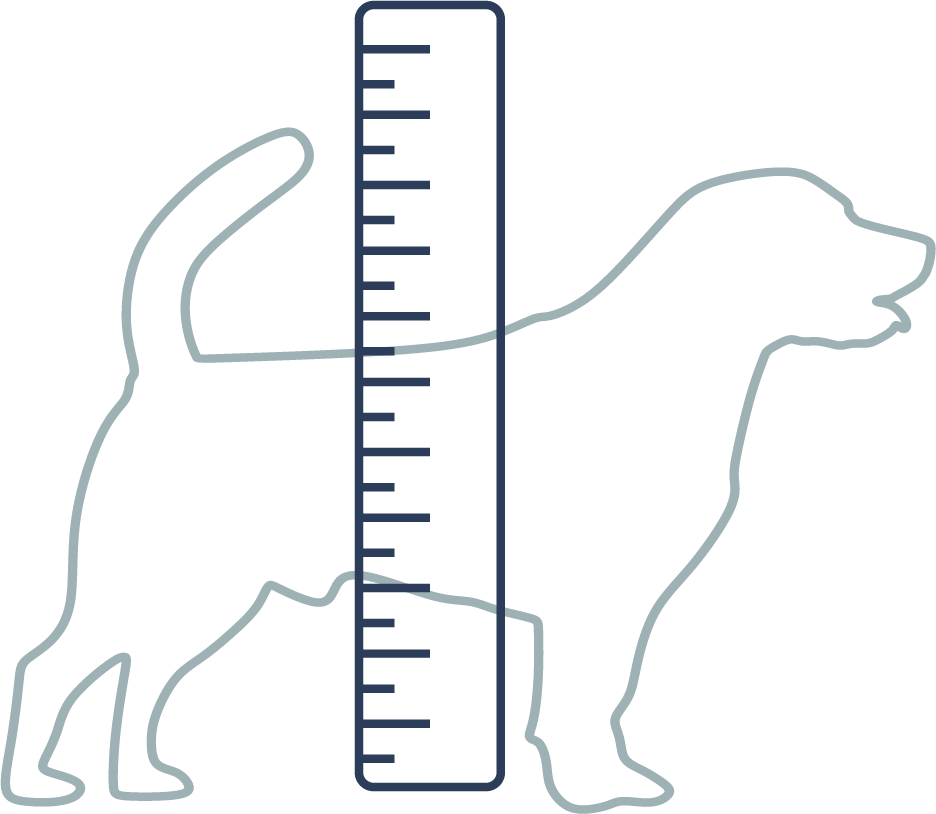
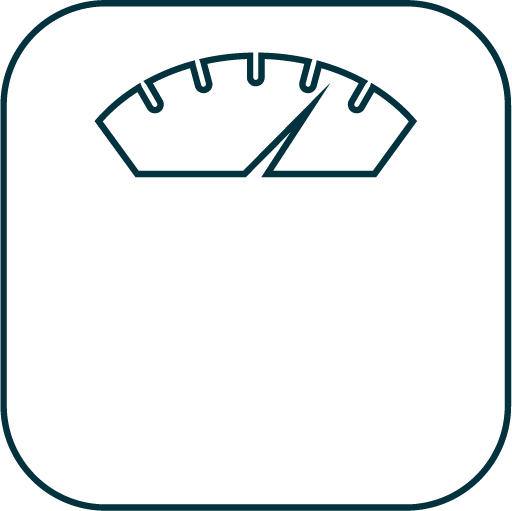

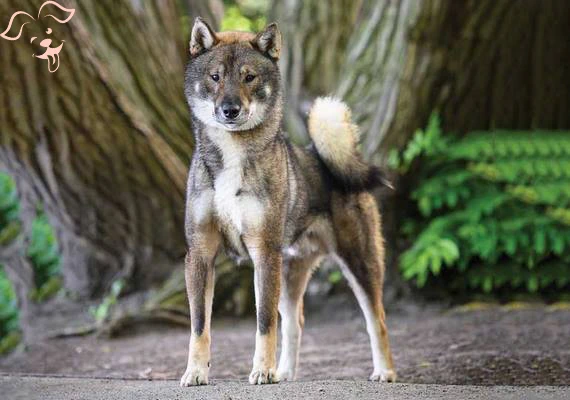
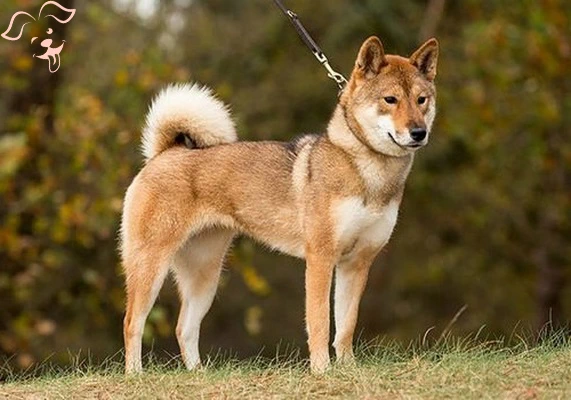
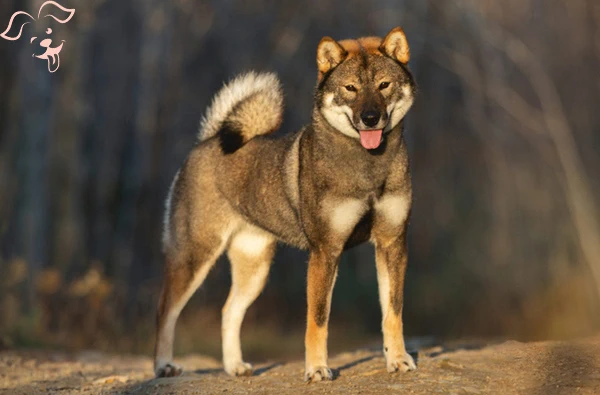
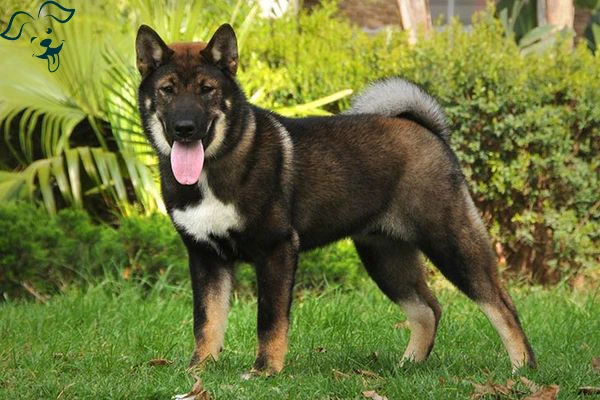




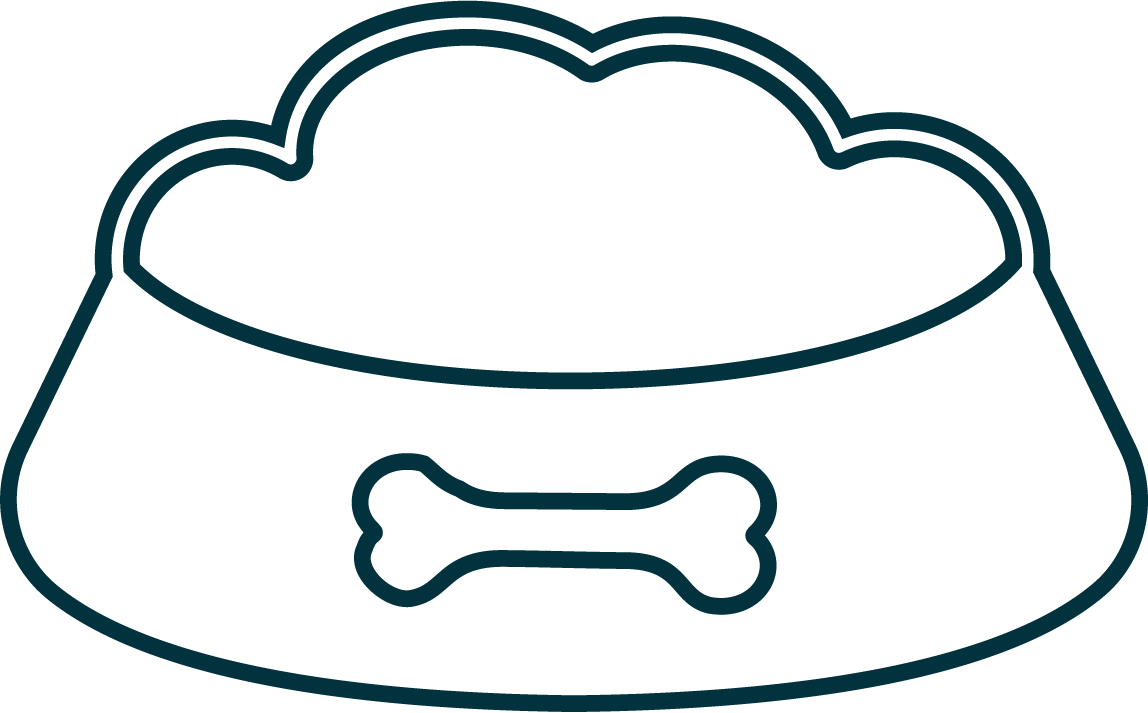

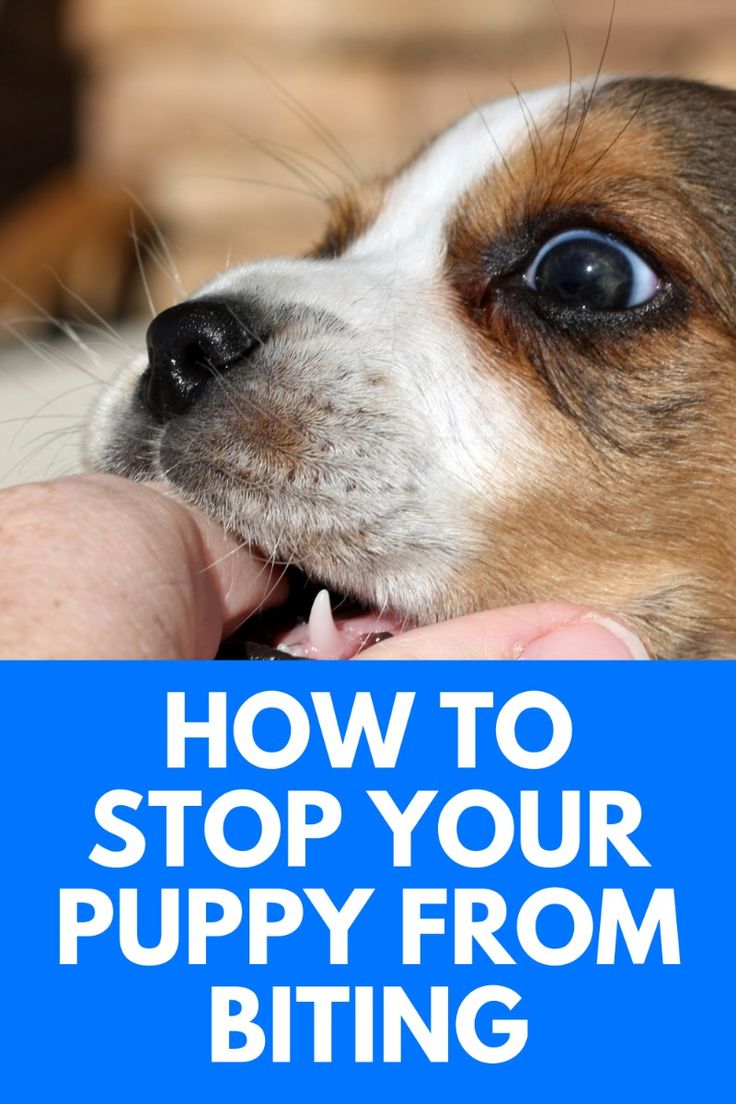
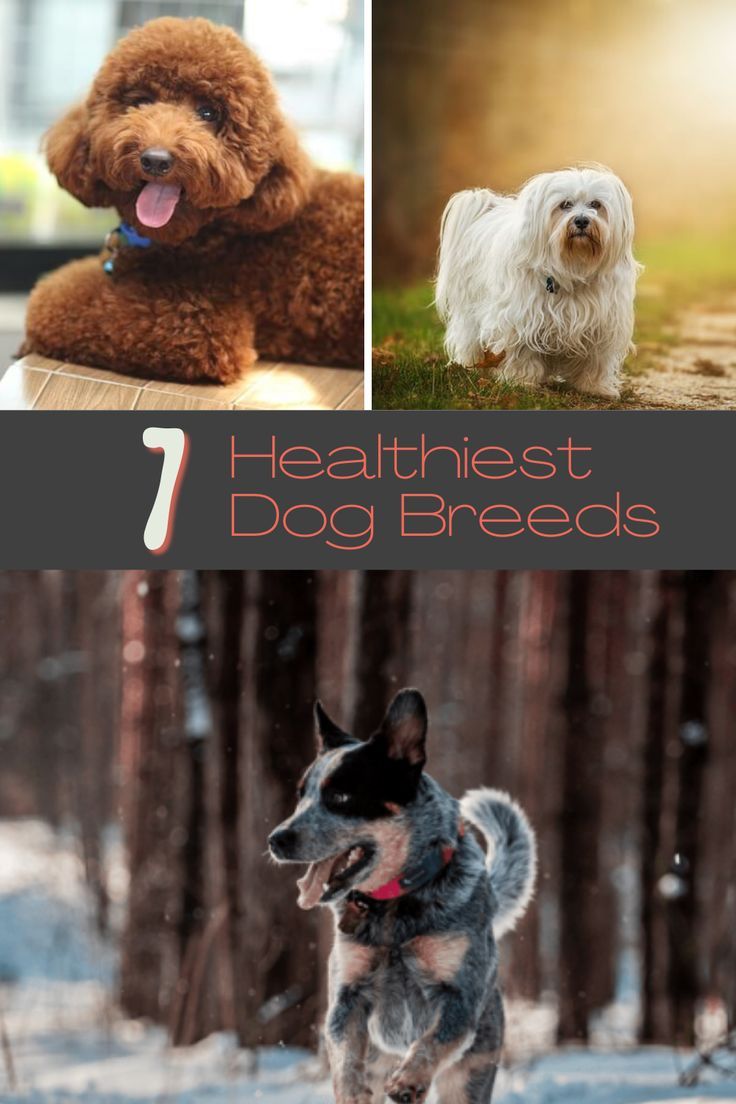

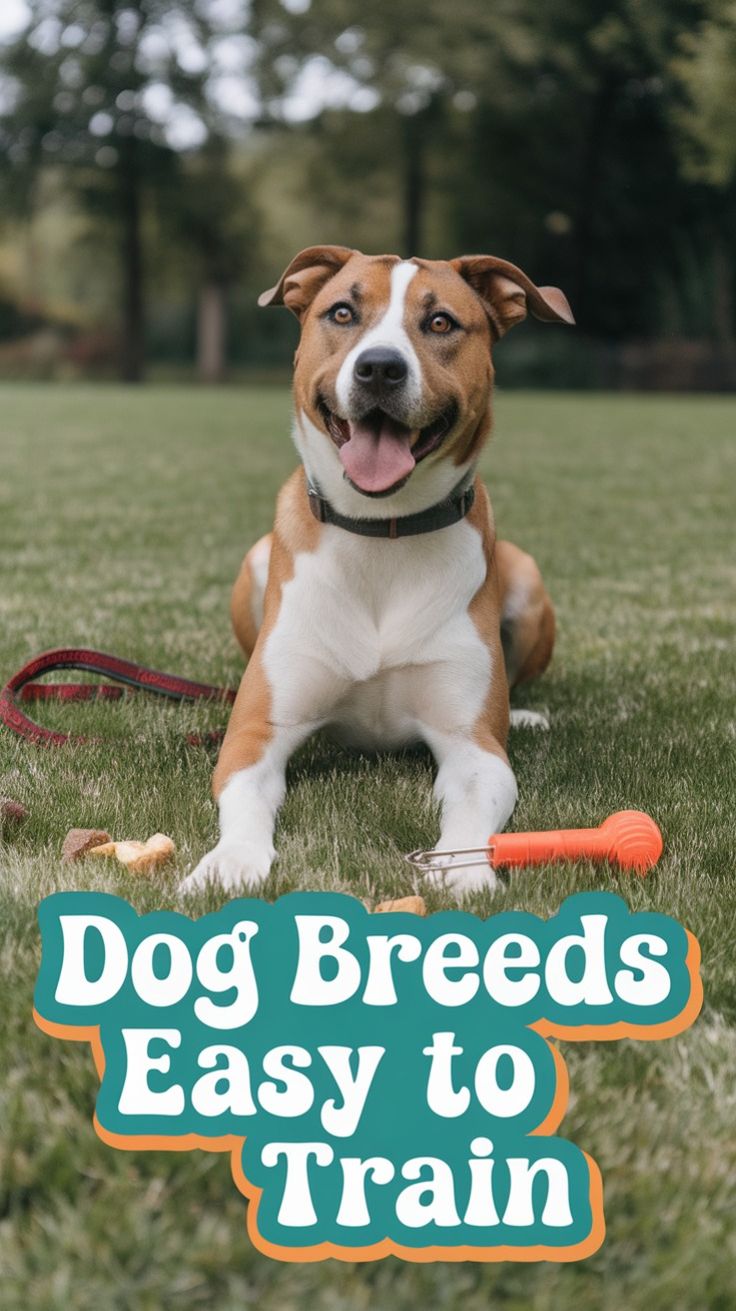
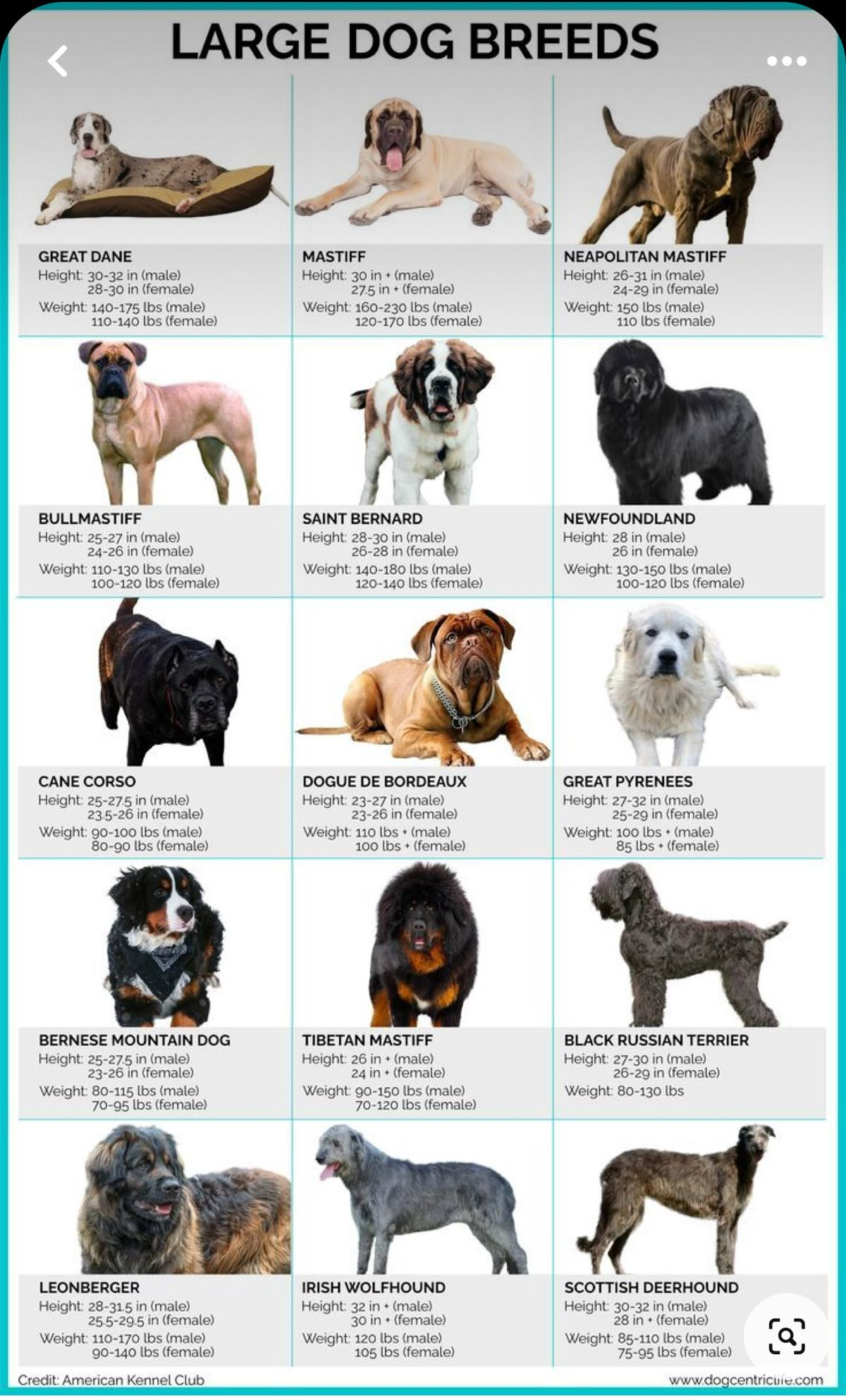

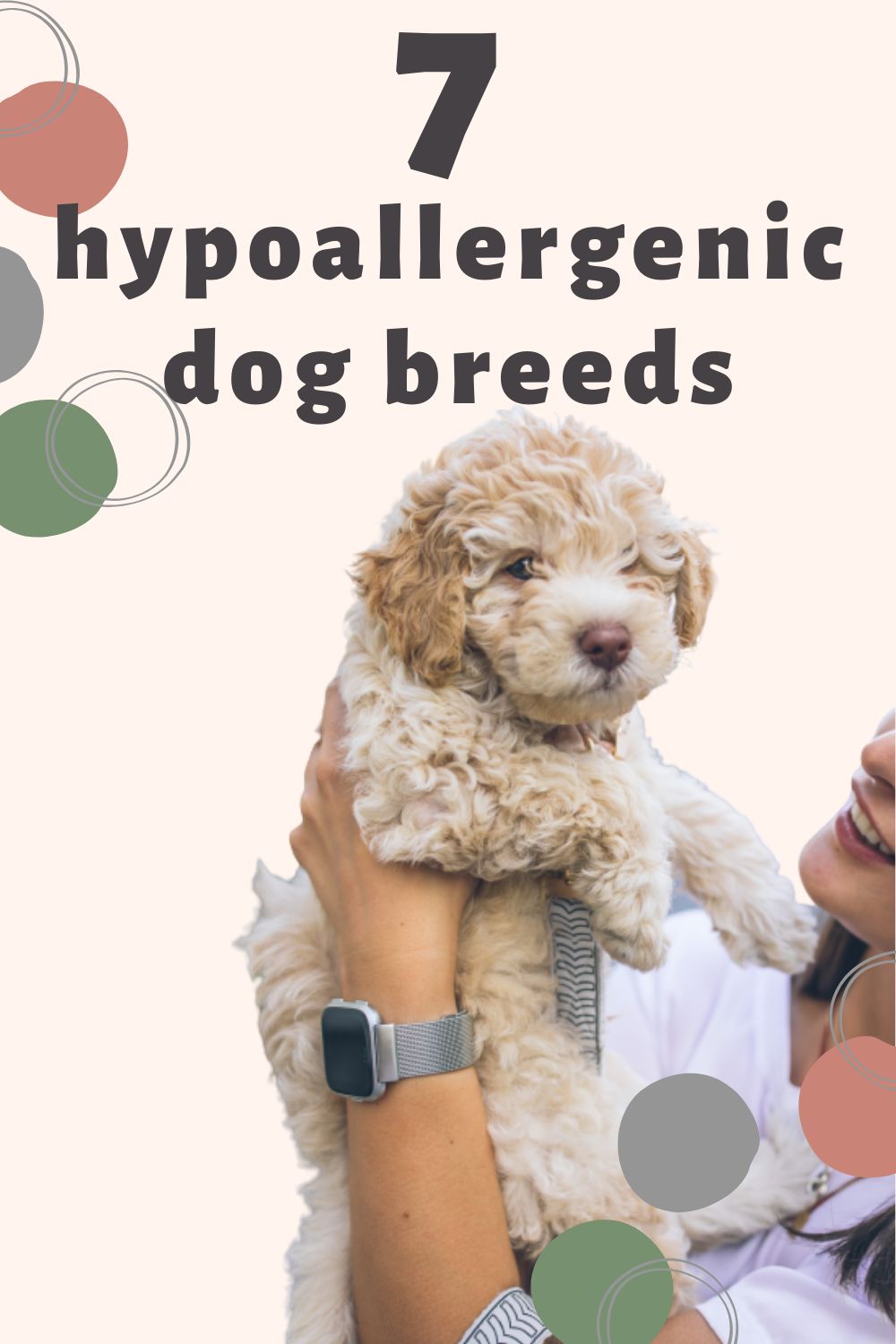
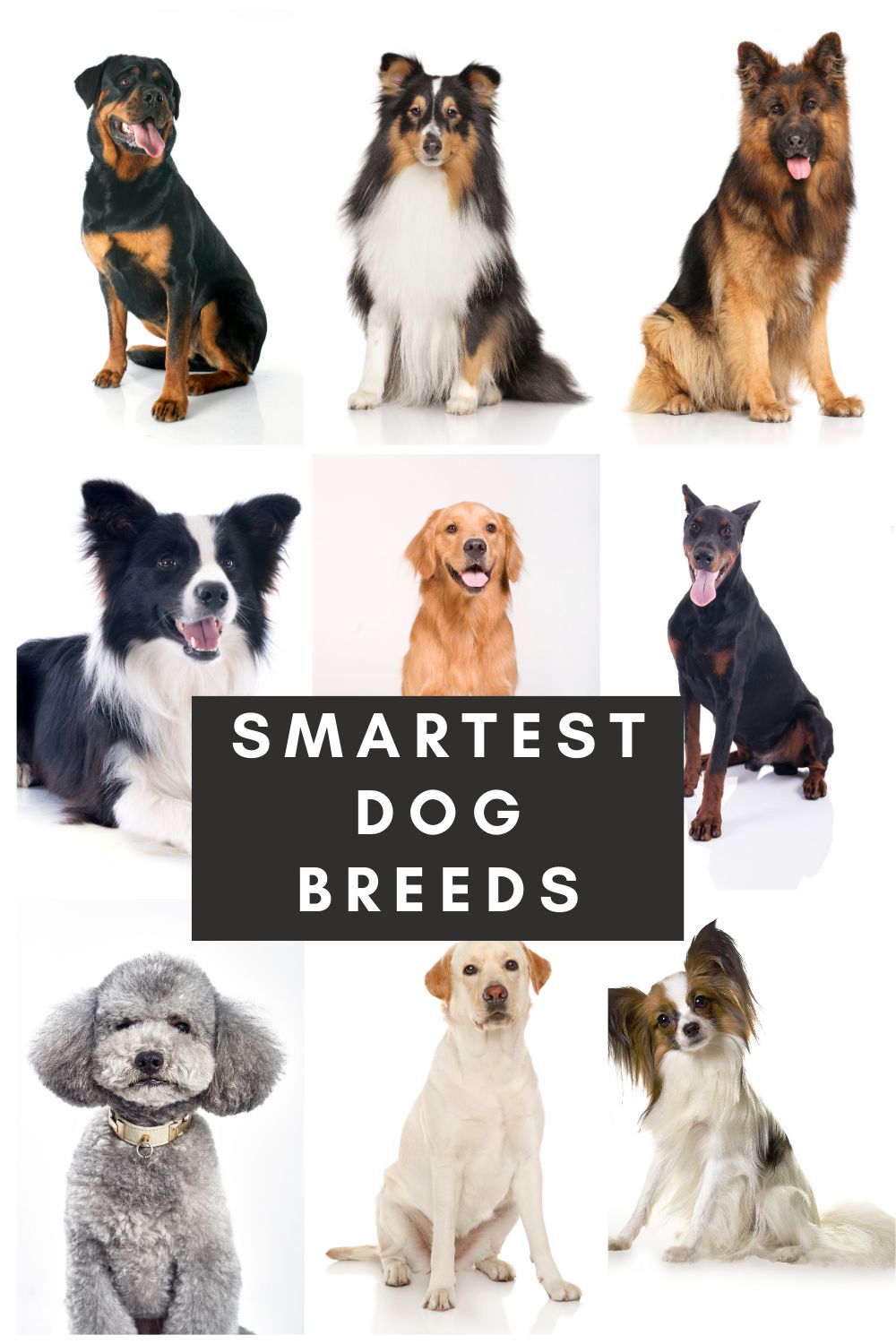
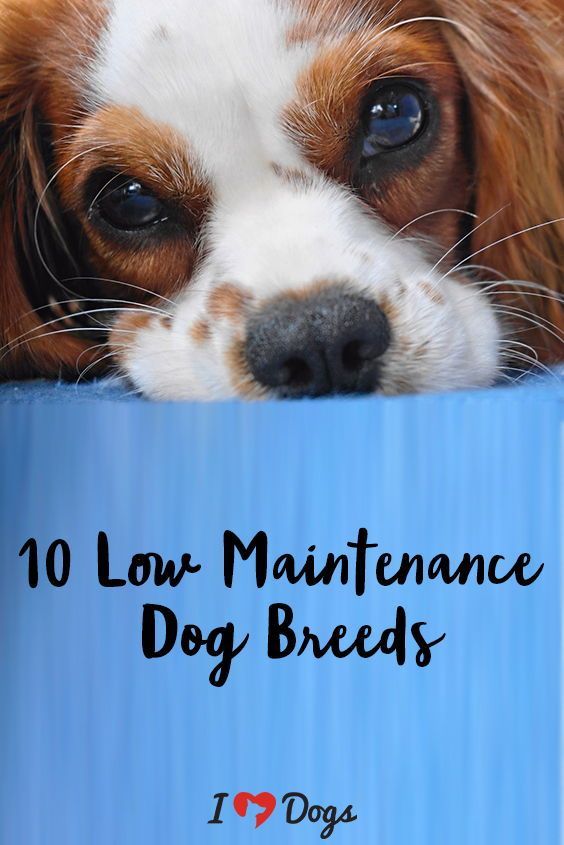


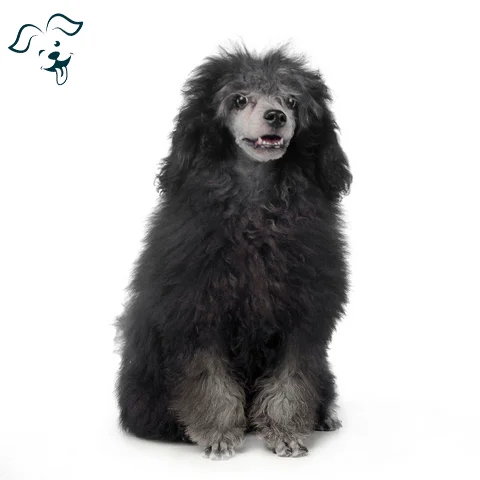

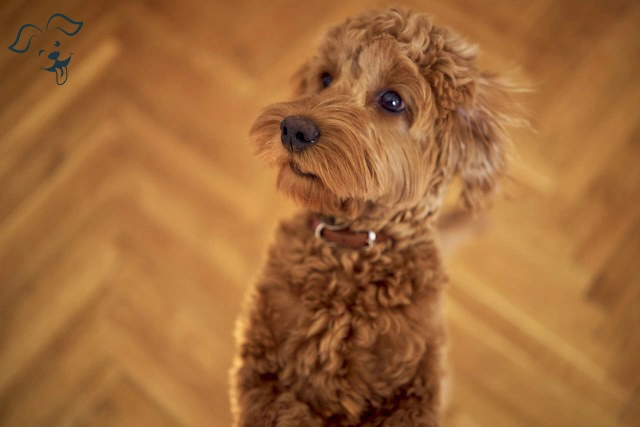
FRIENDLINESS
LIVELINESS
VIGILANCE INTENSITY
ADAPTATION CAPACITY